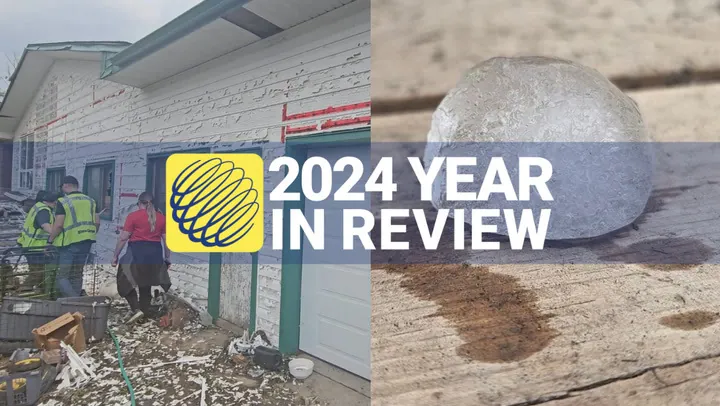
Urgent Action Needed: Culling as a Solution to Chronic Wasting Disease Outbreak in British Columbia
2024-12-24
Author: Michael
Urgent Action Needed: Culling as a Solution to Chronic Wasting Disease Outbreak in British Columbia
As concern grows over the spread of Chronic Wasting Disease (CWD) affecting deer and other ungulates in British Columbia (B.C.), authorities are faced with a pressing question: is culling necessary to protect wildlife? The first positive case was reported in the East Kootenays back in January 2024, and as of now, there are confirmed cases near Cranbrook, raising alarms for both conservationists and residents alike.
CWD is an infectious neurological disease caused by prions, which can be transmitted through various bodily fluids and can persist in the environment, putting nearby deer at risk. With the hunting season's samples still being analyzed, experts fear more positive cases will surface, making immediate action imperative. Conservation organizations are emphasizing the need for proactive measures to ensure the sustainability and health of B.C.'s ungulate populations.
The current government's approach has been to monitor the situation, but critics argue that decision-makers are moving too slowly. In an era where wildlife health is at risk, a more aggressive stance is crucial. Although the current prevalence of positive cases is below the government's acceptable threshold, advocates believe that intensified sampling and study of both infected and at-risk deer populations are vital steps for preventing a widespread outbreak.
Culling, though a troubling prospect, may be the key to managing CWD effectively. Collaboration with First Nations and regional stakeholders is essential in developing a carefully considered culling strategy that is both effective and respectful of local communities. Experts point to New York State as a successful example, where CWD was eradicated through extensive culling and best management practices, including strict containment and transport protocols to prevent cross-contamination.
Key Practices from New York's CWD Eradication Efforts
Here are some critical practices observed during New York's CWD eradication efforts:
1. Culling was conducted with professional shooters during nighttime operations.
2. Carcasses were meticulously handled, sealed in bags, and contained in secure transport to prevent any potential spread of the disease.
3. Areas where testing occurred were controlled and decontaminated thoroughly.
4. Strict access protocols ensured that only authorized personnel entered sensitive zones of operation.
As British Columbia considers its next steps, it must ensure adherence to similar best practices in its CWD management program. The region’s strategies should prioritize both the protection of wildlife and the safety of local communities against the potential threats posed by CWD-infested deer populations.
Residents of B.C. are urged to engage with their elected officials and voice their support for comprehensive, proactive measures against this burgeoning threat. As we have seen in other jurisdictions, the stakes are incredibly high; failing to act could lead to disastrous consequences not just for the deer population, but for the ecosystem at large.
Let's advocate for decisive action! Is British Columbia equipped to handle the necessary culling? Will we allow the same fate that befell other regions where mismanagement led to uncontrollable outbreaks? The clock is ticking.
Conclusion
Stay informed and involved—ensure the health and sustainability of our wildlife!









 Brasil (PT)
Brasil (PT)
 Canada (EN)
Canada (EN)
 Chile (ES)
Chile (ES)
 España (ES)
España (ES)
 France (FR)
France (FR)
 Hong Kong (EN)
Hong Kong (EN)
 Italia (IT)
Italia (IT)
 日本 (JA)
日本 (JA)
 Magyarország (HU)
Magyarország (HU)
 Norge (NO)
Norge (NO)
 Polska (PL)
Polska (PL)
 Schweiz (DE)
Schweiz (DE)
 Singapore (EN)
Singapore (EN)
 Sverige (SV)
Sverige (SV)
 Suomi (FI)
Suomi (FI)
 Türkiye (TR)
Türkiye (TR)